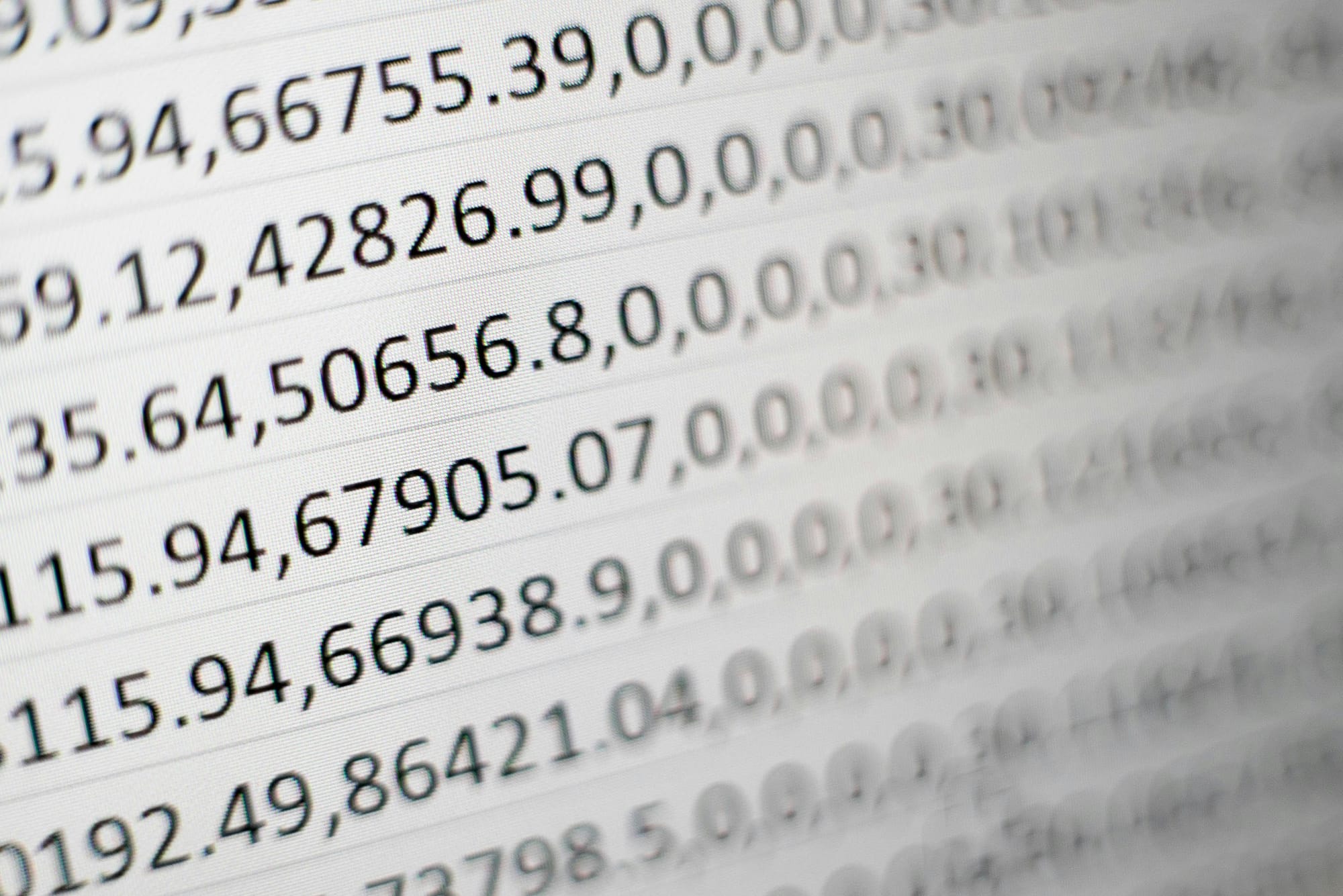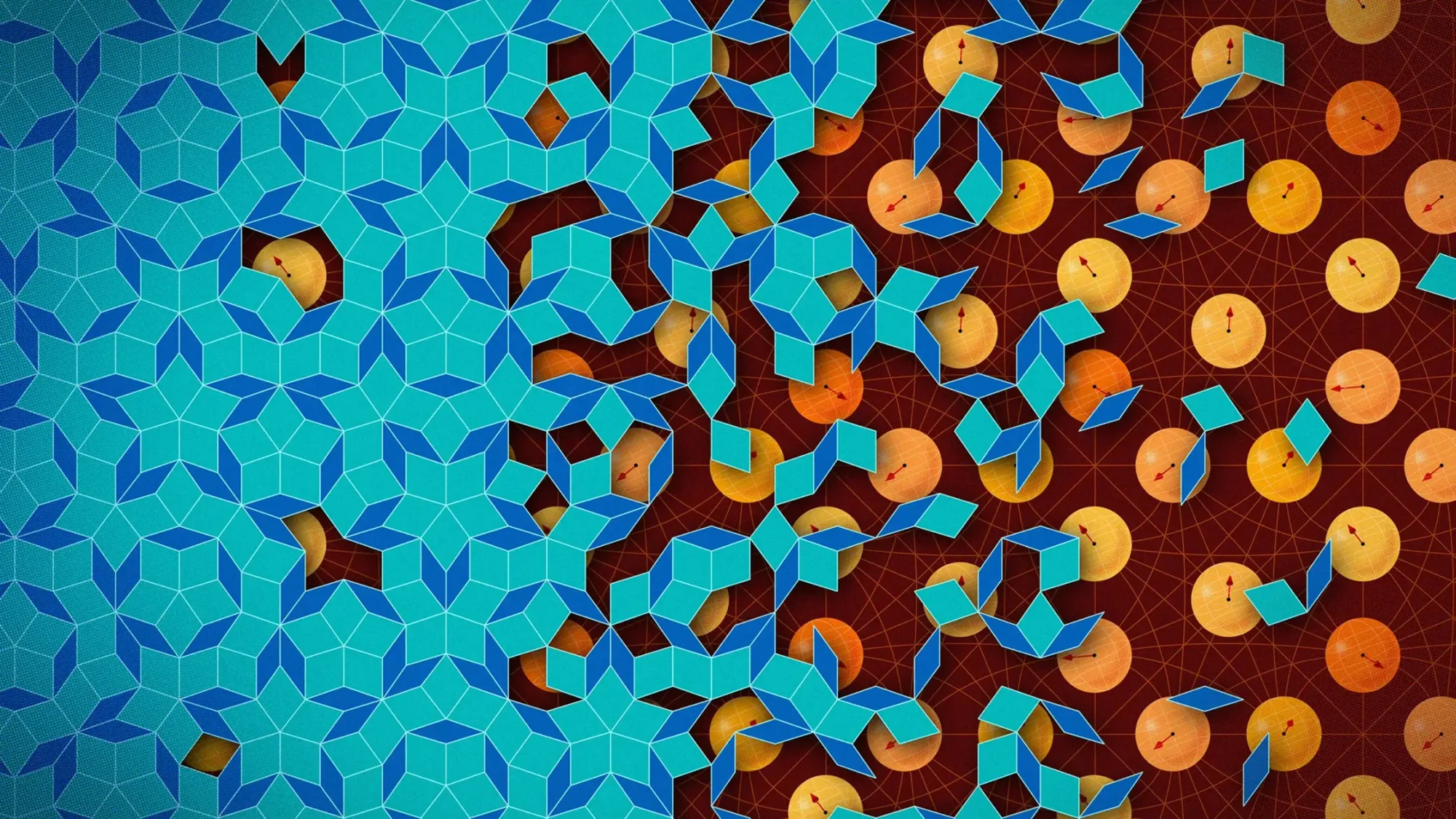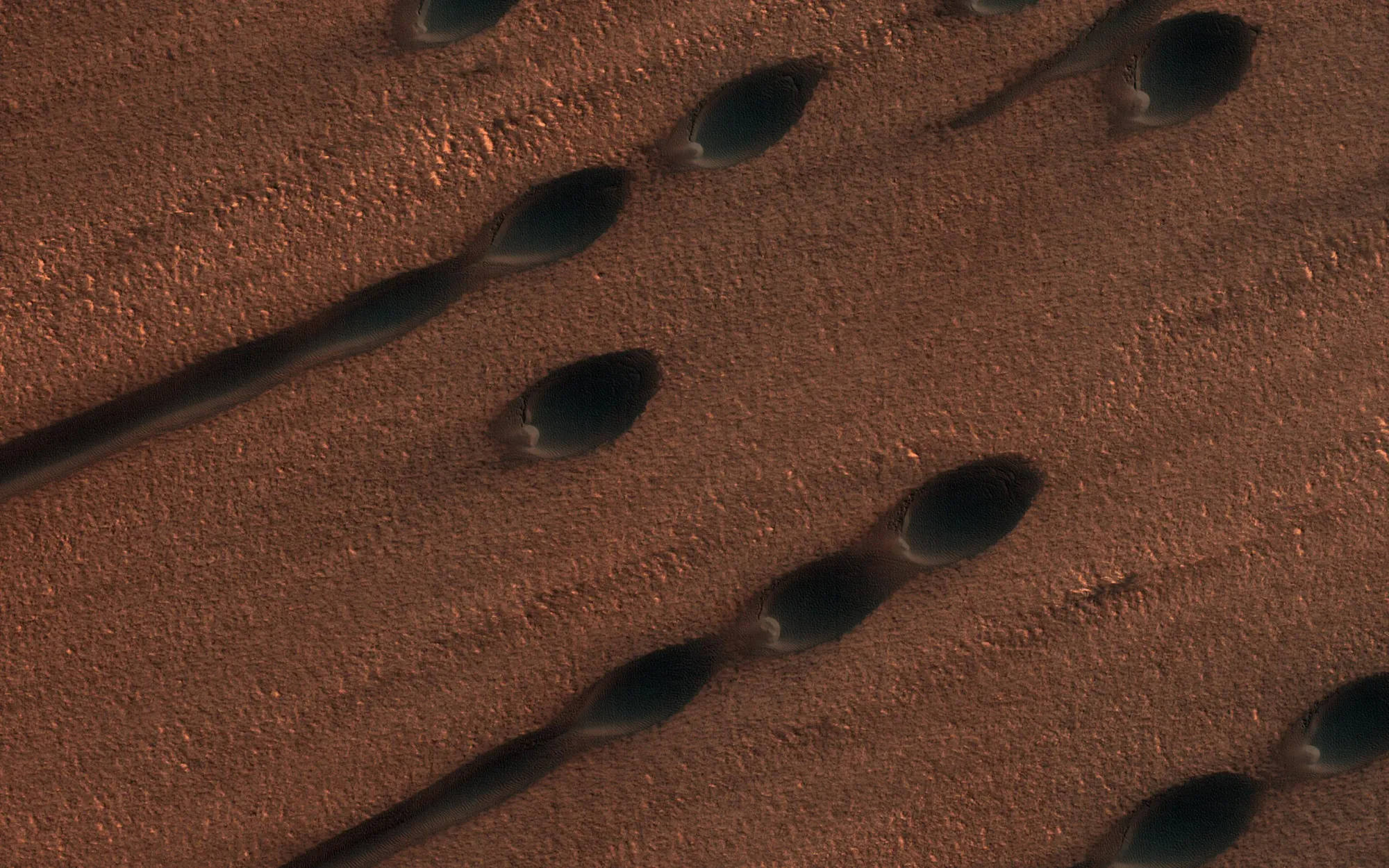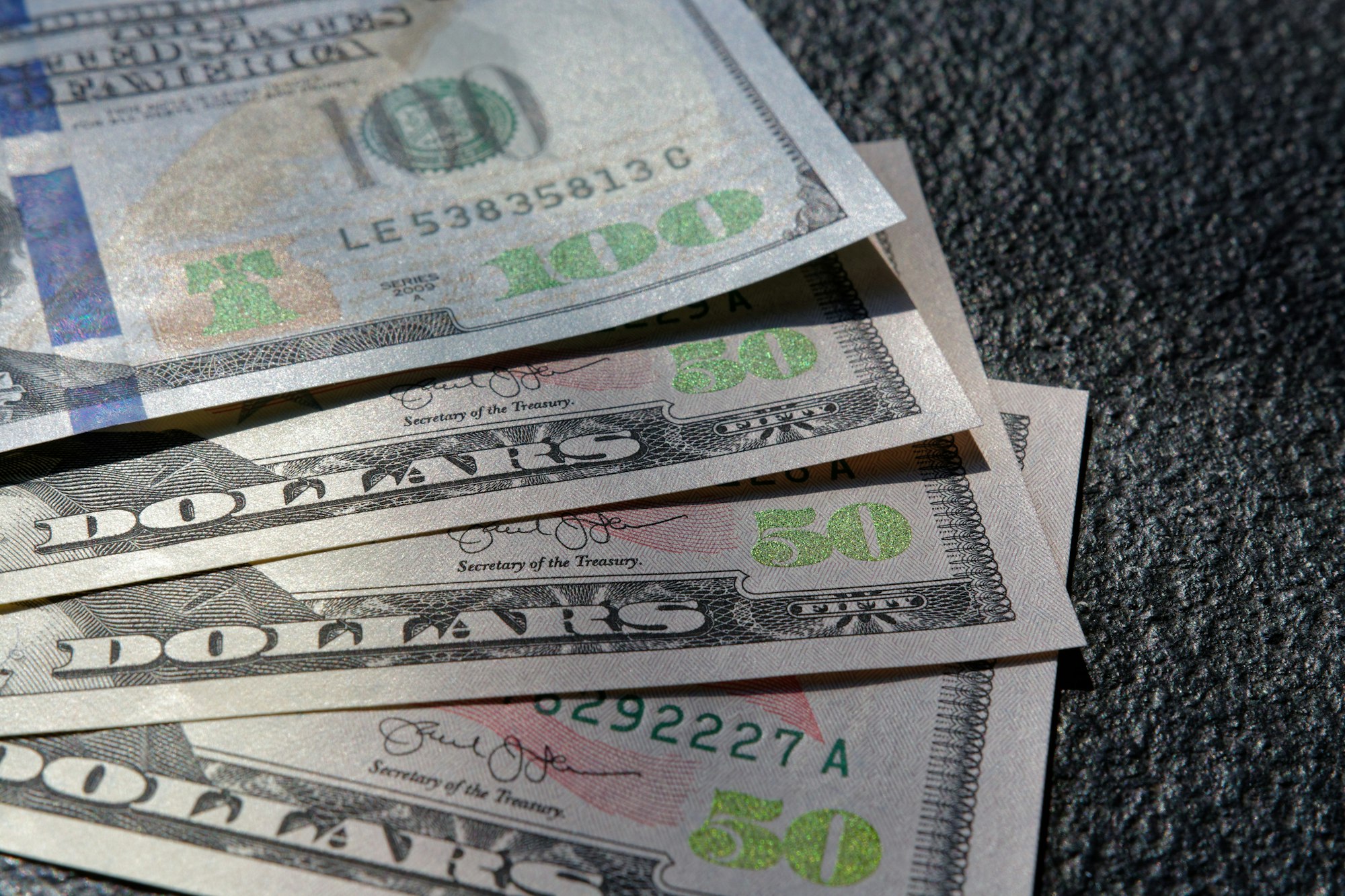ChatGPT's ancestor GPT-2 jammed into 1.25GB Excel sheet — LLM runs inside a spreadsheet that you can download from GitHub
By Mark Tyson | Toms Hardware

Software developer and self-confessed spreadsheet addict Ishan Anand has jammed GPT-2 into Microsoft Excel. More astonishingly, it works – providing insight into how large language models (LLMs) work, and how the underlying Transformer architecture goes about its smart next-token prediction. "If you can understand a spreadsheet, then you can understand AI," boasts Anand. The 1.25GB spreadsheet has been made available on GitHub for anyone to download and play with.
Uber’s ‘Emissions Savings’ Feature Shows Riders Benefits of Lower-Emission Transport
by Sustainable Brands Staff | Sustainable Brands

This week, Uber unveiled a new feature that enables riders around the world to track and learn more about the carbon impact of their rides. The company’s new Emission Savings feature gives riders data on the amount of carbon emissions avoided if they opt for electric vehicle and hybrid options, as well as how much CO2 might have been produced by the same journey in an UberX or Uber Comfort. Emissions savings will be shown for each trip and as a cumulative total.
Never-Repeating Patterns of Tiles Can Safeguard Quantum Information
by BEN BRUBAKER | Wired

THE ORIGINAL VERSION of this story appeared in Quanta Magazine.
If you want to tile a bathroom floor, square tiles are the simplest option—they fit together without any gaps in a grid pattern that can continue indefinitely. That square grid has a property shared by many other tilings: Shift the whole grid over by a fixed amount, and the resulting pattern is indistinguishable from the original. But to many mathematicians, such “periodic” tilings are boring. If you’ve seen one small patch, you’ve seen it all.
In the 1960s, mathematicians began to study “aperiodic” tile sets with far richer behavior. Perhaps the most famous is a pair of diamond-shaped tiles discovered in the 1970s by the polymathic physicist and future Nobel laureate Roger Penrose. Copies of these two tiles can form infinitely many different patterns that go on forever, called Penrose tilings. Yet no matter how you arrange the tiles, you’ll never get a periodic repeating pattern.
🌙 NASA - Best Photo from Last Week
Martian Barchan Dunes

On Jan. 16, 2020, the Mars Reconnaissance Orbiter (MRO) captured this image of two types of sand dunes on Mars: barchan and linear dunes.
The small dots are called barchan dunes, and from their shape we can tell that they are upwind. The downwind dunes are long and linear. These two types of dune each show the wind direction in different ways: the barchans have a steep slope and crescent-shaped “horns” that point downwind, while the linear dunes are stretched out along the primary wind direction. Linear dunes, however, typically indicate at least two different prevailing winds, which stretch out the sand along their average direction.
Barchan and linear dunes aren’t just a Martian phenomenon – we can also see them on Earth. Astronauts aboard the International Space Station have snapped photos of them occurring in Brazil and Saudi Arabia.
Image Credit: NASA/JPL-Caltech/University of Arizona


Disclaimer: None of the content in this newsletter is meant to be financial advice. Please do your own due diligence before taking any action related to content within this article.
Disclaimer: Unbound is reader-supported. When you buy through links on our site, we may earn an affiliate commission.






